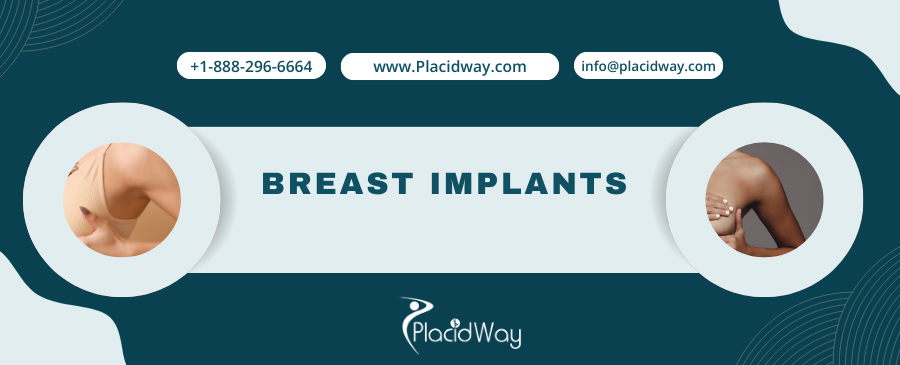
Transform Your Confidence: Understanding Breast Implants for a New You
Are you considering breast implants to achieve the fuller, more symmetrical, or shapelier breasts you've always desired? Whether you're looking to enhance your natural figure, restore volume lost after pregnancy, or undergo reconstruction after a mastectomy, breast augmentation offers a profound path to renewed confidence and a more harmonious body image. For many, the idea of a "boob job" sparks questions about safety, results, and affordability.
The journey to considering breast implants often begins with a personal desire for change. Perhaps you feel your breasts are too small, lack projection, or have lost their firmness over time. These feelings are incredibly common and can impact self-esteem and how you feel in your clothes. Fortunately, modern breast augmentation techniques are highly refined, offering a wide range of options to meet individual aesthetic goals. Thanks to advancements in medical tourism, achieving these goals can also be more accessible and affordable than ever before, with world-class clinics and experienced surgeons available in destinations globally. This guide will walk you through everything you need to know about breast implants, from types and recovery to costs and choosing the best international destination for your procedure.
What are the common reasons women consider breast implants?
The decision to get breast implants is deeply personal, often driven by a combination of aesthetic desires and emotional well-being. Many women search for "how to increase breast size" or "improve breast shape" when they feel their natural breasts don't align with their ideal body image. Common reasons include:
- Enhancement: Simply wanting larger breasts that are proportionate to their body frame, often described as wanting a "fuller bust" or "more curves."
- Restoration of Volume: After events like pregnancy, breastfeeding, or significant weight loss, breasts can lose their fullness and sag. Implants can help restore a youthful volume and shape, often searched as "breast volume loss after childbirth" or "sagging breasts fix."
- Symmetry Correction: Many women have naturally asymmetrical breasts. Implants can be used to balance out the size and shape of the breasts, leading to a more harmonious appearance.
- Reconstruction: Following a mastectomy due to breast cancer, implants are frequently used to reconstruct the breast, helping women regain a sense of normalcy and body integrity.
- Boosting Self-Confidence: For many, the physical change translates directly to improved self-esteem, comfort in clothing, and a more positive body image.
What causes a desire for breast augmentation or reconstruction?
While the decision is ultimately personal, underlying factors often contribute to the desire for breast implants:
- Genetics: Natural breast size and shape are largely determined by genetics. Some women are naturally predisposed to having smaller breasts.
- Hormonal Changes: Puberty, menstruation, pregnancy, and menopause all involve significant hormonal shifts that can affect breast tissue and size. For instance, "breast changes after pregnancy" is a common concern.
- Aging: As we age, skin loses elasticity, and gravity takes its toll, leading to sagging (ptosis) and loss of breast volume.
- Weight Fluctuations: Significant weight gain or loss can alter breast size and firmness.
- Medical Conditions/Treatment: The most significant medical cause is breast cancer leading to mastectomy, where "breast reconstruction options" become vital for recovery and well-being.
- Personal Perception: Sometimes, the "cause" is simply a personal desire to feel more confident and comfortable in one's own skin, aligning their external appearance with their internal self-image.
What types of breast implants are available?
Choosing the right type of implant is a crucial step discussed with your surgeon. Patients often search for "saline vs silicone implants" or "best breast implant type." The primary classifications include:
Material:
- Saline Implants: These consist of a silicone shell filled with sterile salt water (saline solution) during the surgery. They feel firmer than silicone and have a uniform shape.
- Silicone Implants: These feature a silicone shell pre-filled with a cohesive silicone gel. They often feel softer and more like natural breast tissue. "Gummy bear implants" are a type of highly cohesive silicone implant known for maintaining their shape even if the shell is compromised.
Shape:
- Round Implants: These provide fullness to the entire breast, including the upper pole, creating a more projected and often "rounder" look.
- Anatomical (Teardrop) Implants: These are shaped like a natural breast, tapering at the top and fuller at the bottom. They are often preferred for a more natural-looking augmentation, especially in reconstruction.
Texture:
- Smooth Implants: These have a smooth surface and can move more freely within the breast pocket, mimicking natural breast movement.
- Textured Implants: These have a slightly rough surface designed to encourage tissue adherence and reduce the risk of capsular contracture or rotation (especially with anatomical implants). However, textured implants have been linked to a rare type of lymphoma (BIA-ALCL) in some cases, leading to a decline in their use.
Placement:
- Subglandular (above the muscle): Placed directly behind the breast tissue and in front of the pectoral muscle. This can offer a more defined cleavage but may be more visible in very thin patients.
- Submuscular (below the muscle): Placed partially or entirely behind the pectoral muscle. This can offer a more natural slope, reduce rippling, and potentially lower the risk of capsular contracture, but recovery can be slightly more uncomfortable.
Am I a good candidate for breast augmentation? (Eligibility)
Not everyone is an ideal candidate for breast implants. Surgeons look for several key factors to ensure safety and satisfactory outcomes. Patients often search for "who can get breast implants" or "health requirements for breast augmentation."
- Age: For saline implants, you must be at least 18 years old. For silicone gel implants, you must be at least 22 years old.
- Good General Health: You should be in good physical and psychological health, free from active infections or serious underlying medical conditions that could impair healing.
- Realistic Expectations: Understanding what surgery can and cannot achieve is crucial. A good candidate has clear, achievable goals and understands the limitations and potential risks.
- Non-Smoker: Smoking significantly increases surgical risks and impairs healing. Surgeons often require patients to stop smoking weeks before surgery.
- Stable Weight: Significant weight fluctuations after surgery can affect the results, so maintaining a stable weight is important.
- Emotional Maturity: The decision to undergo breast augmentation should be a personal one, made thoughtfully and without external pressure.
- No Current Pregnancy or Breastfeeding: You should not be pregnant or breastfeeding.
What is the typical recovery time after breast implant surgery?
Understanding the "breast augmentation recovery timeline" is key for planning your surgery, especially if traveling abroad. Recovery varies per individual but generally follows this pattern:
- Immediately After Surgery (Day 1-3): You'll experience soreness, swelling, and bruising. Pain medication will be prescribed. A compression bra or surgical garment will be worn to support the breasts and reduce swelling. Rest is paramount.
- First Week: You'll need assistance with daily tasks. Avoid lifting, bending, and strenuous activities. Many patients can return to light, non-physical work (e.g., desk job) after about 5-7 days, but energy levels will be low.
- 2-4 Weeks: Most of the initial pain subsides, and you'll gradually regain more mobility. You can typically resume light activities and walking. Avoid heavy lifting and intense exercise.
- 4-6 Weeks: You can often resume most normal daily activities and some moderate exercise, under your surgeon's guidance. Swelling will continue to decrease, and your implants will start to "settle" into their final position.
- 6-8 Weeks and Beyond: Most restrictions are lifted, and you can typically return to all your regular activities, including strenuous exercise. The final results may take several months to a year to fully manifest as swelling resolves and tissues soften.
It’s important to follow your surgeon's specific post-operative care instructions, which may include incision care, massage techniques, and continued use of a support bra.
What are the potential risks and side effects of breast implants?
While generally safe, breast augmentation, like any surgery, carries potential risks and side effects. Patients often search for "is breast augmentation safe" or "breast implant complications."
- Pain, Swelling, Bruising: Common post-surgical symptoms that usually resolve within weeks.
- Infection: Can occur at the incision site or around the implant. May require antibiotics or, in severe cases, implant removal.
- Capsular Contracture: Scar tissue naturally forms around the implant (capsule). If this capsule tightens and squeezes the implant, it can cause pain, firmness, and distortion of the breast shape. This may require additional surgery.
- Implant Rupture or Deflation: Silicone implants can rupture without symptoms ("silent rupture"), requiring MRI for detection. Saline implants deflate when ruptured. Both require replacement.
- Rippling or Wrinkling: Visible folds or ripples in the implant, especially noticeable in thin patients or with large implants.
- Changes in Nipple Sensation: Numbness or increased sensitivity in the nipples or breast skin can occur, sometimes permanently.
- Hematoma/Seroma: Blood or fluid collection under the skin, which may require drainage.
- Breast Implant Illness (BII): A term used by some women to describe a range of systemic symptoms (fatigue, joint pain, brain fog, etc.) they believe are related to their breast implants. While not officially recognized as a disease, ongoing research is exploring these reported links.
- Breast Implant-Associated Anaplastic Large Cell Lymphoma (BIA-ALCL): A very rare but serious type of non-Hodgkin's lymphoma that can develop in the fluid or scar capsule around textured breast implants.
It's vital to have a thorough discussion with your surgeon about all potential risks and long-term considerations.
How do breast implant costs compare worldwide?
The "cost of breast implants" is a major factor for many patients, leading them to explore options like "cheap breast augmentation abroad." Prices can differ dramatically based on location, surgeon's experience, implant type, and what's included in the package. Here's a general comparison:
| Country | Estimated Cost Range (USD) | Notes & Inclusions |
|---|---|---|
| United States | $7,000 - $15,000+ | High surgeon fees, facility costs. Often does not include follow-up care or travel. |
| United Kingdom | £5,000 - £10,000 ($6,000 - $12,000+) | Similar to US, high costs. |
| Canada | CAD 8,000 - CAD 15,000+ ($6,000 - $11,000+) | High costs, waiting lists common. |
| Mexico | $3,500 - $6,000 | Popular for US patients. Often includes surgeon, anesthesia, facility, and some post-op. |
| Turkey | $3,000 - $5,500 | Renowned for quality and affordability. All-inclusive packages often available (surgery, stay, transfers). |
| Thailand | $4,000 - $7,000 | Excellent medical facilities, combines treatment with tourism. Often includes post-op care. |
| Colombia | $3,800 - $6,500 | Emerging destination with skilled surgeons. |
*Prices are estimates and can vary widely based on individual needs, clinic, surgeon's experience, and specific implant type. Always get a personalized quote.
Why consider breast implants abroad for your procedure?
Medical tourism for breast augmentation has surged in popularity due to compelling advantages:
- Significant Cost Savings: As seen in the table above, the primary driver is often the dramatic reduction in cost without compromising on quality, making desired procedures like "breast implants more affordable."
- Access to World-Class Surgeons: Many international clinics boast highly skilled, internationally trained, and board-certified plastic surgeons who specialize in breast augmentation.
- State-of-the-Art Facilities: Top medical tourism destinations invest heavily in modern hospitals and clinics equipped with advanced technology.
- Reduced Waiting Times: In countries with long public healthcare waiting lists, going abroad means you can often schedule your surgery much sooner.
- Privacy and Discretion: Some individuals prefer to undergo cosmetic surgery away from their home country for greater privacy during their recovery.
- Combination with Vacation: The opportunity to recover in a beautiful, relaxing setting, transforming a medical procedure into a "medication."
Which countries offer the best value and quality for breast implants?
When searching for "best countries for breast implants" or "top destinations for breast augmentation abroad," several nations consistently rise to the top:
- Turkey: Particularly Istanbul and Antalya, known for competitive pricing, modern JCI-accredited hospitals, and highly experienced plastic surgeons. They offer comprehensive packages including accommodation and transfers.
- Mexico: Border cities like Tijuana and coastal cities like Cancun are popular for North American patients due to proximity and significant cost savings. Many surgeons are US-trained and facilities are often accredited.
- Thailand: Bangkok and Phuket are renowned for their luxurious private hospitals, exceptional patient care, and English-speaking staff, offering a full "medical holiday" experience.
- Colombia: Cities like Medellín and Bogotá are gaining recognition for skilled surgeons and state-of-the-art clinics, offering high-quality procedures at more accessible prices.
- Costa Rica: Offers a combination of quality care and a beautiful recovery environment, appealing to those seeking a serene medical retreat.
These countries balance affordability with strict medical standards, advanced technology, and surgeons with international training and certifications.
What should I expect when traveling for breast implant surgery overseas?
Preparing for "traveling for breast augmentation" requires careful planning:
- Initial Consultations: Most reputable clinics offer virtual consultations to discuss your goals, assess eligibility, and provide a personalized quote. This is also where you'd confirm "breast implant options available."
- Travel Arrangements: Book flights, secure any necessary visas, and arrange accommodation for your stay. Many clinics offer package deals that include hotel stays, airport transfers, and sometimes even a recovery nurse.
- Duration of Stay: Plan to stay in the destination for at least 7-14 days post-surgery to allow for initial recovery and follow-up appointments with your surgeon. You'll need sufficient "time off work for breast implants."
- Language and Support: Choose a clinic with English-speaking staff or readily available interpreters. PlacidWay can help ensure smooth communication.
- Aftercare Plan: Discuss your post-operative care needs, including medication, wound care, and follow-up schedule. Ensure you understand how to manage your recovery once you return home.
- Travel Companion: It's highly recommended to travel with a companion who can assist you during the initial recovery phase.
How can I ensure safety and quality when getting breast implants abroad?
Ensuring a safe and successful experience is paramount. When looking for "safe breast augmentation abroad," consider these factors:
- Accreditation: Look for international accreditations like Joint Commission International (JCI), which signifies adherence to global healthcare standards. Local accreditations are also important.
- Surgeon Credentials: Verify the surgeon's qualifications, experience, and board certifications (e.g., American Board of Plastic Surgery equivalent). Check their before-and-after photos and patient testimonials.
- Facility Standards: Research the hospital or clinic to ensure it's a modern, well-equipped facility with strict hygiene protocols.
- Transparent Pricing: Ensure the quoted price is all-inclusive, covering surgeon fees, anesthesia, facility costs, implants, and follow-up care. Avoid hidden fees.
- Comprehensive Communication: Make sure you can communicate effectively with the medical team. Clear communication is vital for understanding risks, expectations, and aftercare.
- Patient Reviews and Testimonials: Read reviews on independent platforms and ask for references from past international patients.
- Medical Tourism Facilitator: Working with a reputable company like PlacidWay can streamline the process, as they pre-vet clinics and surgeons, handle logistics, and advocate for your safety and quality of care.
What are common patient success stories from breast augmentation abroad?
Success stories from "breast implant medical tourism reviews" often share common themes:
- Renewed Confidence: Many women express feeling more comfortable and confident in their bodies and clothing, sometimes for the first time in years. "I finally feel like myself again," is a common sentiment.
- Achieving Desired Aesthetics: Patients frequently highlight how the procedure delivered exactly the size and shape they envisioned, leading to a profound sense of satisfaction.
- Affordability Without Compromise: A recurring theme is the ability to access high-quality care at a fraction of the cost compared to their home country, making the dream of breast augmentation a reality.
- Exceptional Patient Care: Many testimonials praise the personalized attention, professionalism, and warmth of the international medical staff, often exceeding expectations.
- Seamless Travel Experience: Patients frequently appreciate the organized logistics, from airport transfers to accommodation, making the journey stress-free. For example, Sarah from the UK shared: "I was nervous about going to Turkey, but PlacidWay handled everything. My surgeon was incredible, the clinic was pristine, and I saved thousands. I'm absolutely thrilled with my results!"
- Positive Recovery Environment: The opportunity to recover in a beautiful, often sunny, destination adds to the overall positive experience, fostering a relaxed healing process.
These stories underscore the potential for a transformative and positive experience when choosing to pursue breast implants through medical tourism.
Take the Next Step with PlacidWay
Ready to explore treatment options abroad? Discover top clinics, compare prices, and get a free quote tailored to your needs with PlacidWay.
Cosmetic Surgery Abroad, Plastic Surgery Abroad


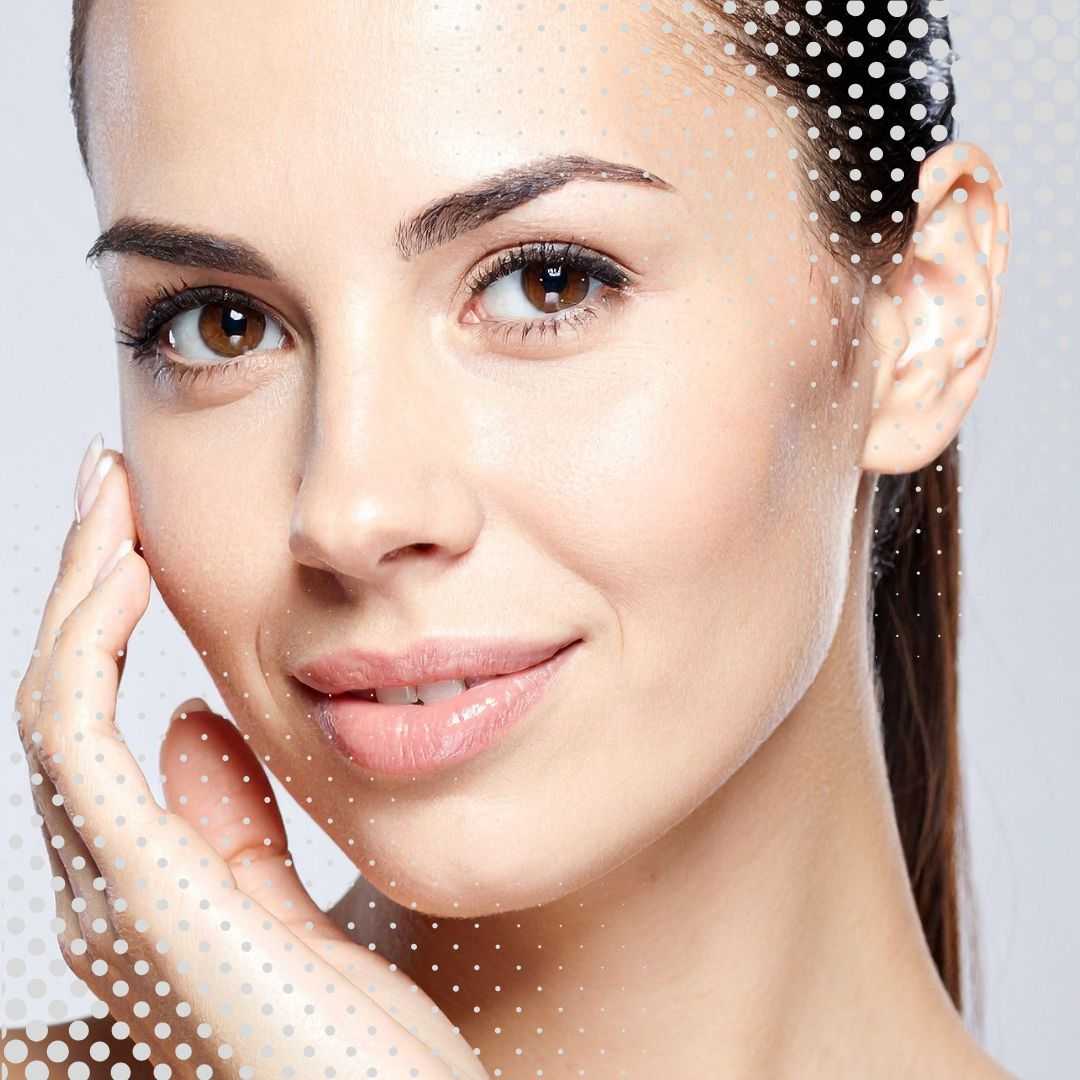


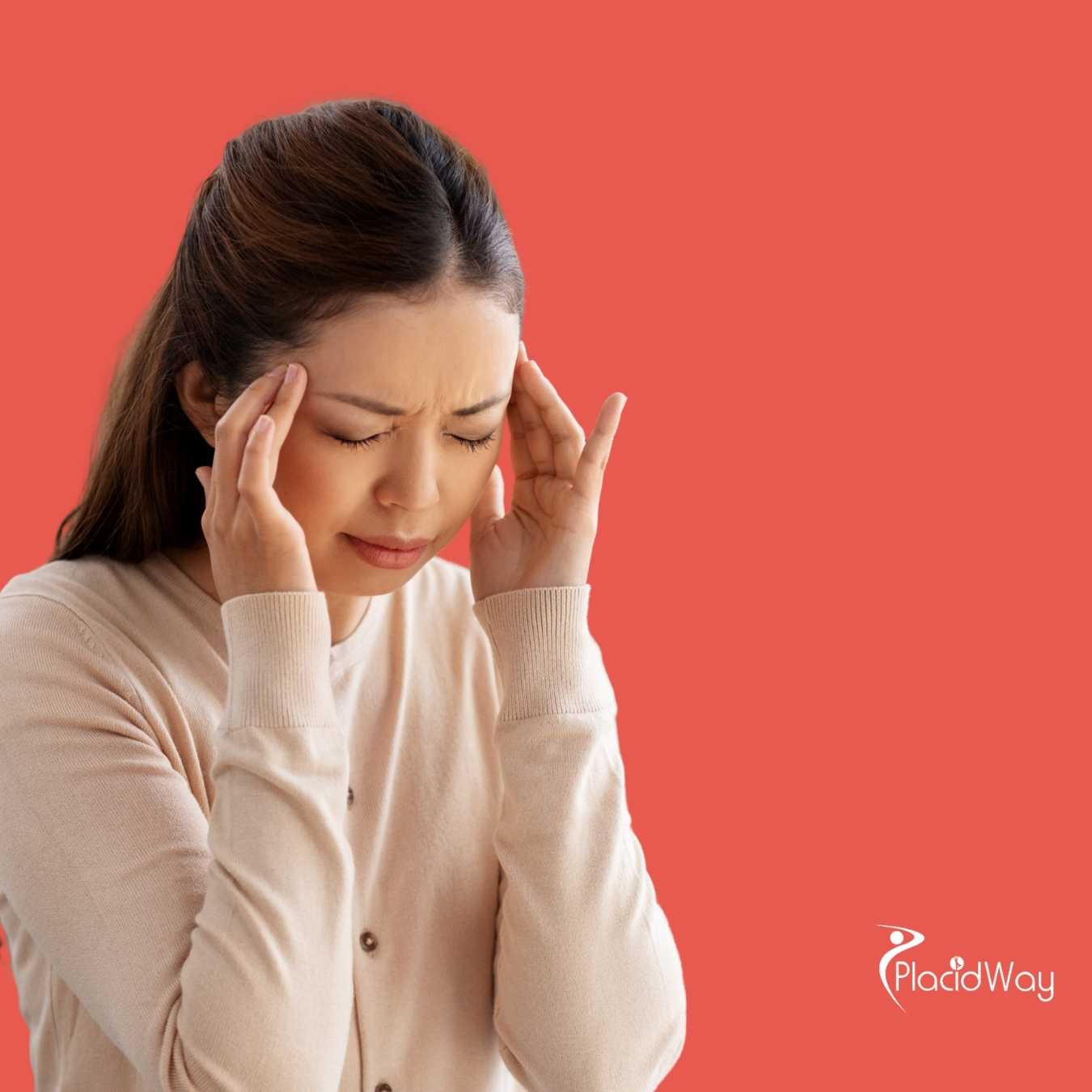

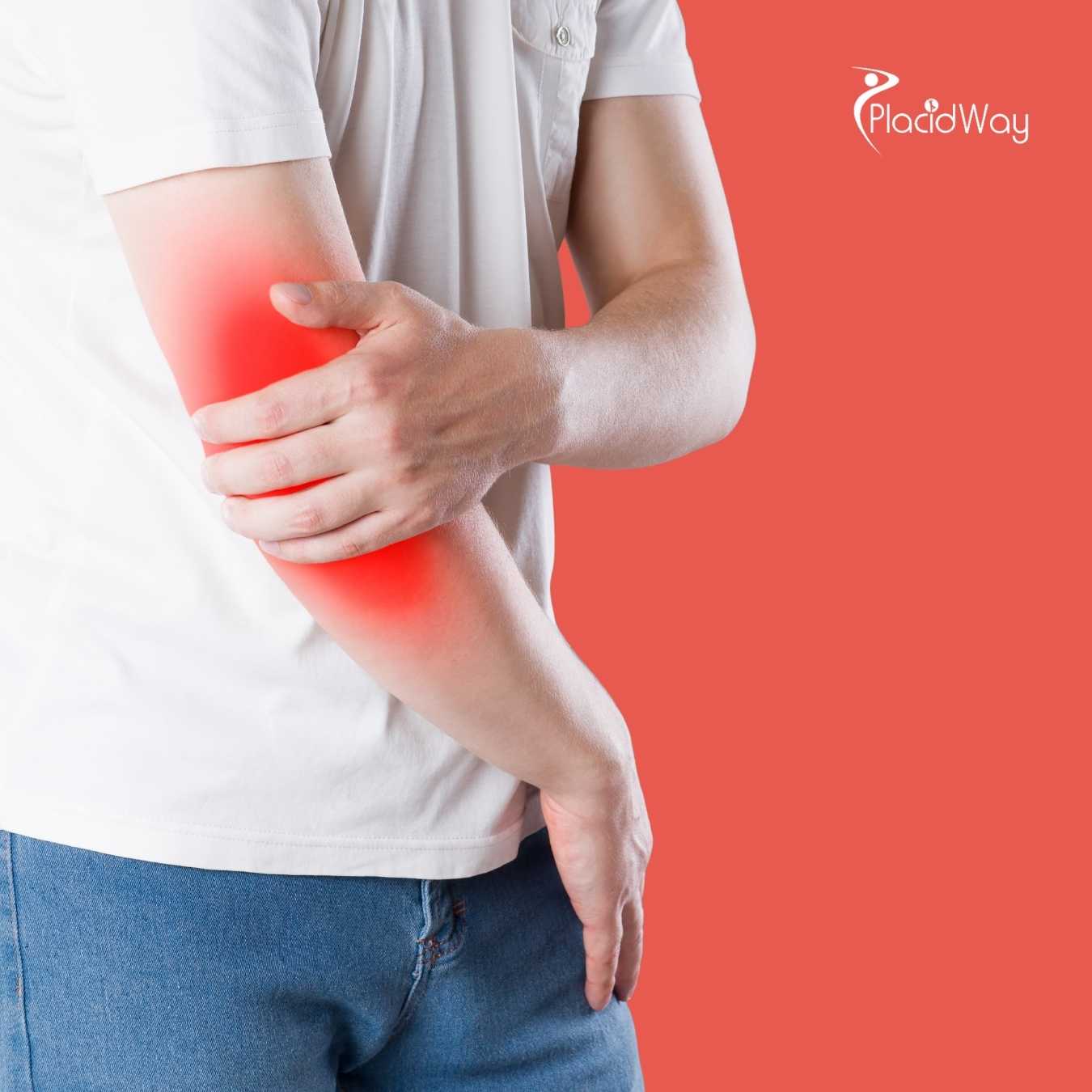
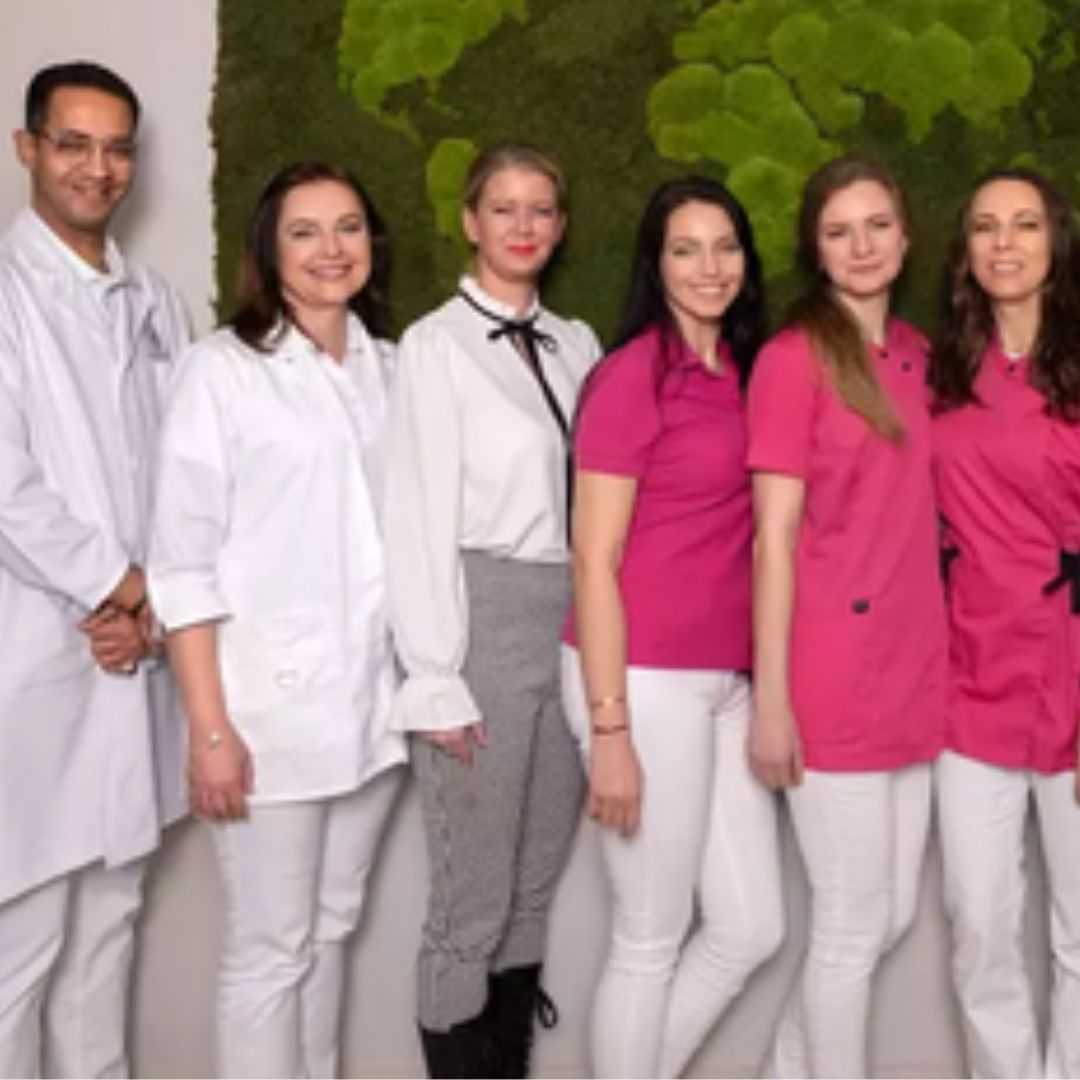

Share this listing